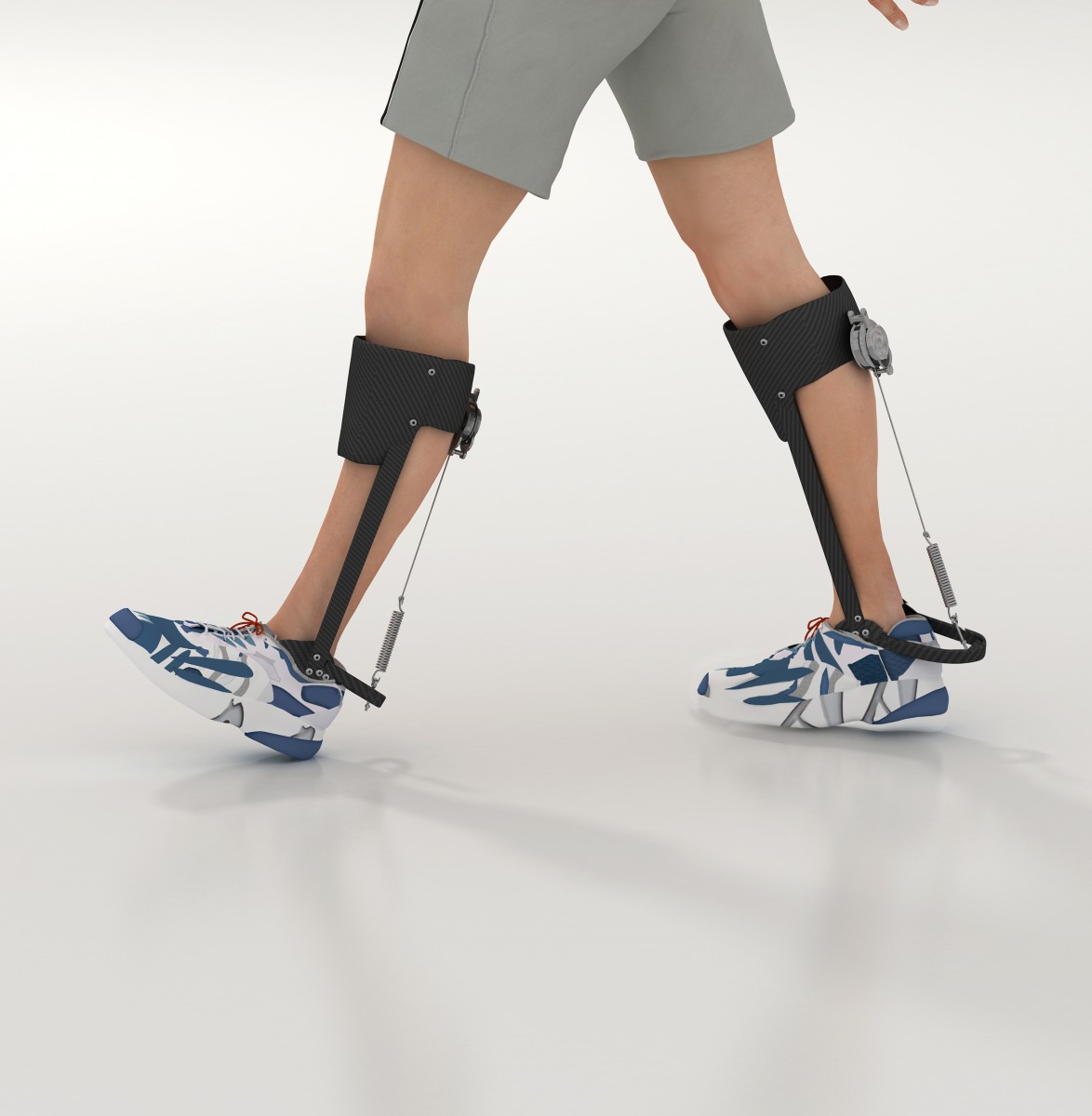Tariq Rahman Awarded $50,000 Cure SMA Grant to Develop Exoskeleton for SMA Patients
Written by |

Tariq Rahman, Ph.D., a research scientist at the Alfred I. DuPont Hospital for Children in Wilmington, Delaware, has been awarded a $50,000 Cure SMA clinical care research grant for his project, “Outcome Measures Using WREX – An Upper Extremity Exoskeleton for Children with SMA.”
The project will analyze one particular exoskeleton, called the WREX — a robotic system that supports movement or improves motion range for individuals with weakened muscles caused by illnesses such as spinal muscular atrophy (SMA) — to see if it can benefit kids who suffer from SMA.
Potentially, the technology could assist SMA patients in regular daily activities as well as help with contractures – a muscle or joint that has become shortened.
“We will perform a small study to examine the benefits of an upper extremity exoskeleton for people with SMA. We will use standard range of motion testing as well as three tools to measure the effects of the WREX on upper extremity performance over the course of one year,” Rahman said in a press release.
Rahman has been involved in the fields of robotics, rehabilitation engineering, and orthotics for more than two decades. His work at the duPont Hospital for Children is focused mainly on the development of devices for children with neuromuscular conditions.
Rahman and his team now want to develop and test upper extremity robotic and orthotic technology, which is meant to help children with SMA to enhance their movement and provide them with increased muscular function. One of their objectives is to show, with outcomes-based data, that devices like this can make a difference in these children’s quality of life.
“I started working with kids with neuromuscular conditions such as SMA about 20 years ago when we were developing robotic aids for these kids. One of the projects that came out of that research was the WREX orthosis for kids with arm weakness. I would like to see robotic/orthotic technology benefiting many more children with SMA who are some of brightest children I have seen. This will improve their quality of life and enhance their independence,” Rahman said.
Tariq Rahman and his team hope their technology will change the lives of these children. SMA patients frequently have trouble moving their arms, which severely affects almost every performance of their daily lives. Preventing contractures that develop due to the loss of movement is a high therapeutic priority for this project. In the past, a series of upper extremity orthotic systems engineered to support reach have been invented, but with little to no success due to high costs, impracticality, and appearance.
Further research data is still necessary to prove the WREX medical device is able to fill this gap, and that it does benefit SMA patients. This study’s results will be used as the basis for a larger, multi-site clinical trial that could potentially bring the technology into the SMA community.






